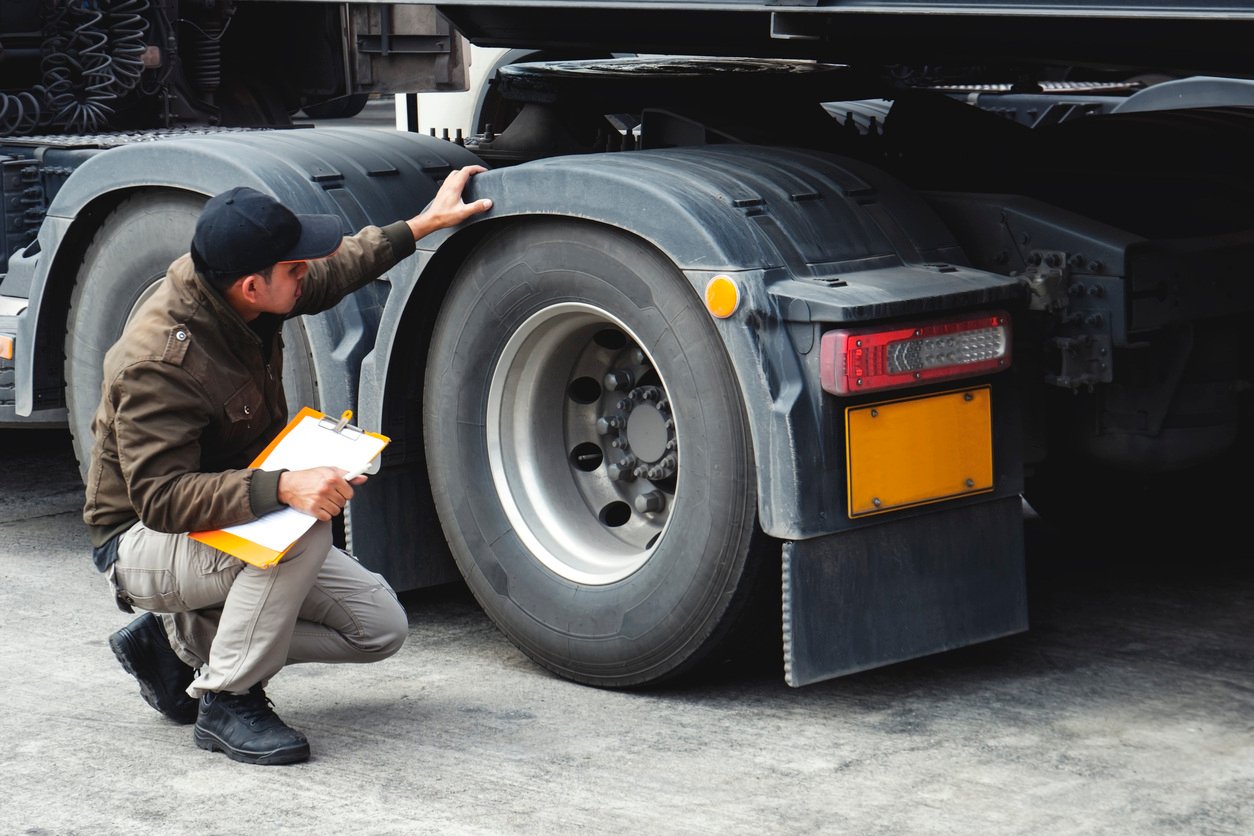Weight Distribution for Fuel Efficiency

If your doctor says you need to lose a few pounds, it’s probably wise to follow their advice. Studies show that losing even ten pounds can significantly improve virtually every aspect of your health, boost your mood, and increase your lifespan.
But losing weight is not just good for humans. Did you know that shedding vehicle weight can improve the health of almost every aspect of your fleet operations? It increases fuel efficiency, lowers operating costs, and reduces emissions — a win-win for your sustainability efforts and the environment.
Less Weight = More Efficient Fleet
Extra weight on vehicles means more energy is needed to move, which reduces fuel economy, stresses the engine and transmission, and reduces vehicle life. By reducing vehicle weight, you can reverse these bottom-line burdens and gain significant improvements, including:
- An approximate 7% reduction in fuel consumption with a 10% reduction in weight
- Less vehicle wear and tear for lower maintenance costs, longer lifespan for components, better vehicle performance, and improved safety
- Lower engine temperature and reduced wear, extending engine life
- Reduction in greenhouse gas emissions by as much as 4%
So, how can you reduce vehicle weight and enhance the overall health of your fleet operations? Implement these key strategies to drive better performance and cost savings.
1. Optimize Vehicle, Component, and Trailer Selection
Where possible, choose lighter-weight vehicle models or components made with aluminum or composite materials instead of steel. Lighter components can significantly reduce vehicle weight. For example, choosing:
- Aluminum axle hubs over ductile iron or steel reduce weight by approximately 120 pounds
- CentriFuse brake drums over standard brakes reduce weight by approximately 100 pounds
- Aluminum cab frames over standard steel frames reduce weight by hundreds of pounds
Engines and wheels can also add weight. Downsizing to a smaller engine with the same horsepower and torque can shed 700 pounds from your vehicle. Switching from steel to aluminum wheels can cut weight and maintain strength, as aluminum is up to 50% lighter.
If your fleet includes truck trailers, aluminum is your weight loss buddy for roof posts, floor joists, upright posts, hubs, and wheels. Selecting aluminum for these components can reduce weight significantly — up to 2,000 pounds or more.
2. Keep an Eye On Equipment and Cargo
Drivers are often responsible for extra weight accumulation in vehicles, carrying unnecessary cargo for a specific job.
Extra weight from tools and equipment, shelving, rooftop racks, carriers, cases of water, and large coolers can add up. To get the best fuel economy and reduce engine wear and tear, instruct your drivers to:
- Audit vehicle contents regularly to remove unnecessary tools, spare parts, and equipment
- Use lightweight alternatives for shelving racks and storage bins/systems inside vehicles
- Distribute cargo evenly
- Avoid keeping the fuel tank full if a full tank isn’t necessary for daily operation — one gallon of diesel weighs approximately 7 pounds and one gallon of gasoline weighs approximately 6 pounds — so the weight of unnecessary gallons can quickly add up
Offer training sessions to reinforce the importance of weight management. Additionally, implement policies and checklists to ensure your drivers only bring essentials needed for a specific job.
3. Use Advanced Tire and Suspension Systems
You can reduce overall vehicle weight and improve efficiency, safety, and durability by implementing lighter tires, air suspensions, and load-balancing systems. These systems use lighter materials, improve load distribution, and reduce stress.
Installing lighter tires made of rubber compounds and reinforced lightweight materials will reduce vehicle weight while maintaining durability.
Regarding suspension systems, traditional leaf spring suspensions are heavy. Air suspension systems use lighter components, such as air springs and composite materials, that lower vehicle weight. Additionally, lighter systems minimize vibrations and stress on other vehicle components, reducing wear and tear on frames and axels.
Advanced suspensions also optimize load balancing, reducing the need for extra structural weight to support uneven loads. By preventing bouncing and uneven tire wear, advanced suspensions improve fuel efficiency and extend component life.
Getting in Driving Shape
Sure, there are other factors impacting fuel efficiency. But trimming the pounds from your fleet is a great first step toward a leaner, greener future. So embrace the change, ditch the dead weight, and set your fleet on the road to greater efficiency and sustainability.
Find this topic interesting? Go deeper by reading our blog: How Curb Weight, Gross Weight, and Gross Vehicle Weight Rating Impact Your Fleet.